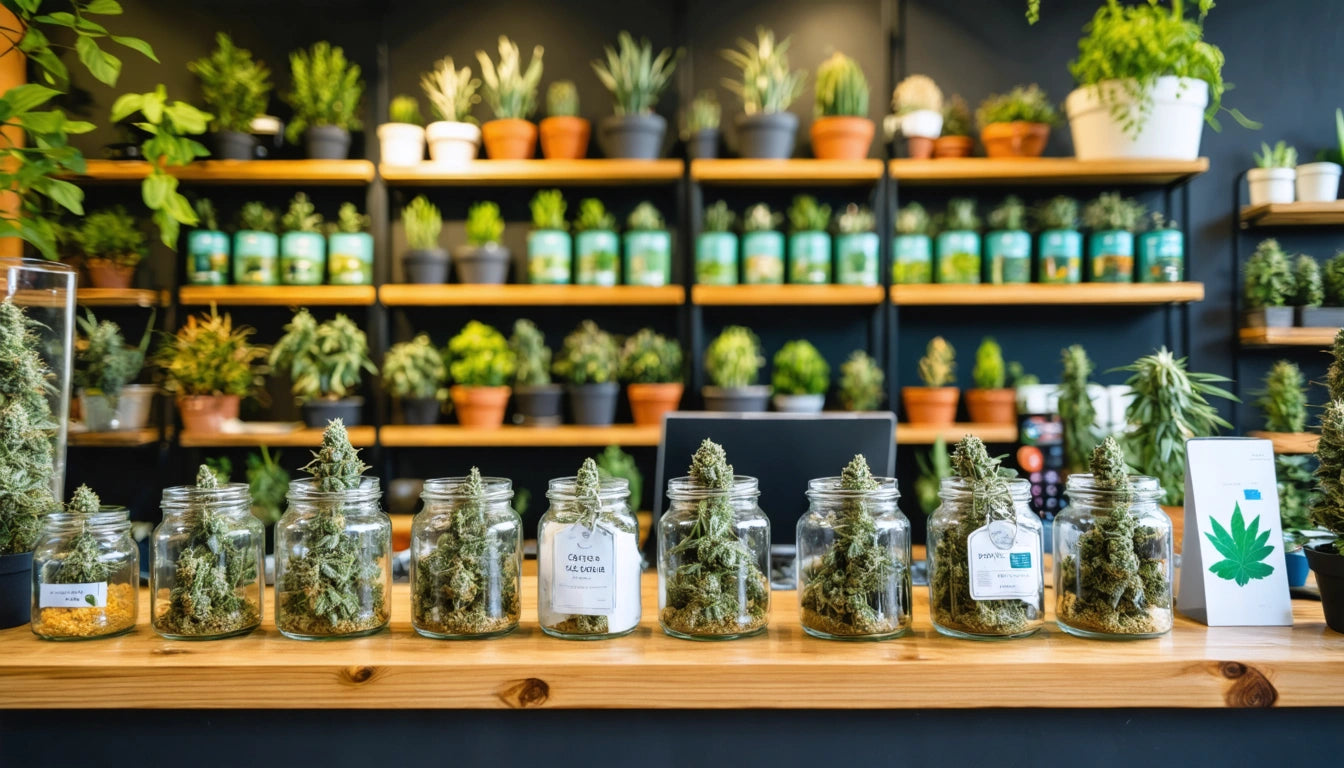Table of Contents
Understanding the 4-Panel Drug Test: What It Screens For and How It Differs from the 5-Panel Test
Drug testing remains a standard practice in many employment settings, pre-employment screenings, and compliance programs. Among the various testing options, the 4 panel drug test offers a targeted approach to substance screening. This comprehensive guide explains what a 4 panel drug test is, what substances it detects, and how it compares to other common testing panels.
What is a 4 Panel Drug Test: Basic Overview
A 4 panel drug test is a screening method that detects the presence of four specific drug categories in a person's system. This test is commonly used in workplace drug testing programs, particularly in industries where comprehensive screening isn't required but basic substance monitoring is necessary.
The test typically uses urine samples, though blood, saliva, or hair samples can also be utilized depending on the testing context. Results are usually available within 24-72 hours when sent to a laboratory, while rapid tests can provide preliminary results in minutes.
What Does a 4 Panel Drug Test Test For: Substances Detected
The specific substances screened in a 4 panel drug test can vary based on the test manufacturer and employer requirements. However, the most common configuration includes:
- Amphetamines (including methamphetamine, MDMA/ecstasy)
- Cocaine (and cocaine metabolites)
- Opiates (such as heroin, morphine, codeine)
- Phencyclidine (PCP)
This standard configuration mirrors the first four categories of the traditional 5 panel test that has been the federal standard since the 1980s. For comparison, you can learn more about what's included in 5 panel drug tests and how they differ.
Does a 4 Panel Drug Test Include THC? Common Configurations
One of the most common questions about the 4 panel drug test is whether it tests for marijuana/THC. The answer depends entirely on the specific panel configuration chosen by the employer or testing entity.
Standard 4 Panel (Without THC)
The traditional 4 panel drug test does not include THC screening. This configuration has become increasingly popular in states with legalized recreational or medical marijuana, where employers may wish to test for harder substances while accommodating changing legal landscapes around cannabis use.
Alternative 4 Panel (With THC)
Some employers opt for a modified 4 panel test that includes THC but omits another substance from the standard panel (often PCP, which has become less common). When marijuana screening is included, the test detects THC-COOH, the metabolite that remains in the system after cannabis use.
For cannabis businesses and consumers navigating these testing requirements, proper storage of products becomes essential. Many users store their products in specialized cannabis storage bags that help maintain product integrity while providing compliant packaging.
4 Panel Drug Test vs 5 Panel: Key Differences
Understanding the difference between 4 panel and 5 panel drug tests is crucial for both employers and test subjects. Here's how they compare:
Primary Distinction
The main difference is that a standard 5 panel test includes marijuana (THC) screening in addition to the four substances listed above. This additional screening is the most significant distinction between the two test types.
When Each is Used
The 5 panel test remains the standard for federal testing programs and Department of Transportation (DOT) requirements. Meanwhile, the 4 panel test is often used by:
- Private employers in states with legalized marijuana
- Companies seeking cost-effective screening without THC testing
- Organizations with policies that don't prohibit off-duty marijuana use
For more comprehensive screening options, some employers opt for 6 or 7 panel tests that include additional substances like benzodiazepines or barbiturates.
Testing Methods and Sample Collection
The 4 panel drug test can be administered through several methods, each with different detection windows and applications:
Urine Testing
Urine testing is the most common method for 4 panel drug tests due to its non-invasive nature and reasonable detection window (typically 1-4 days for most substances, longer for chronic marijuana use).
Saliva Testing
Oral fluid tests offer a shorter detection window (generally 24-48 hours) but provide the advantage of being harder to adulterate and can be easily observed during collection.
Hair Testing
Hair follicle testing provides the longest detection window (up to 90 days) but is more expensive and less common for standard 4 panel screening.
For a broader understanding of different panel configurations, you can explore comprehensive guides on drug screen panels and their detection capabilities.
Future Considerations in Workplace Drug Testing
As legal landscapes evolve, particularly regarding marijuana legalization, drug testing policies continue to adapt. Several trends are emerging in the 4 panel drug test space:
- Increased adoption of 4 panel tests without THC in states with legal cannabis
- Focus on impairment testing rather than presence testing
- More nuanced policies distinguishing between on-duty and off-duty substance use
- Integration of medical exemption processes for prescription medications that may trigger positive results
Employers are increasingly weighing the benefits of more targeted testing against comprehensive panels like the 9 or 10 panel tests that screen for a wider range of substances.
Understanding what a 4 panel drug test consists of helps both employers and employees navigate workplace policies effectively. Whether you're implementing a testing program or preparing to take a test, knowing the specific substances being screened for provides valuable clarity in an evolving regulatory environment.











Leave a comment
All comments are moderated before being published.
This site is protected by hCaptcha and the hCaptcha Privacy Policy and Terms of Service apply.